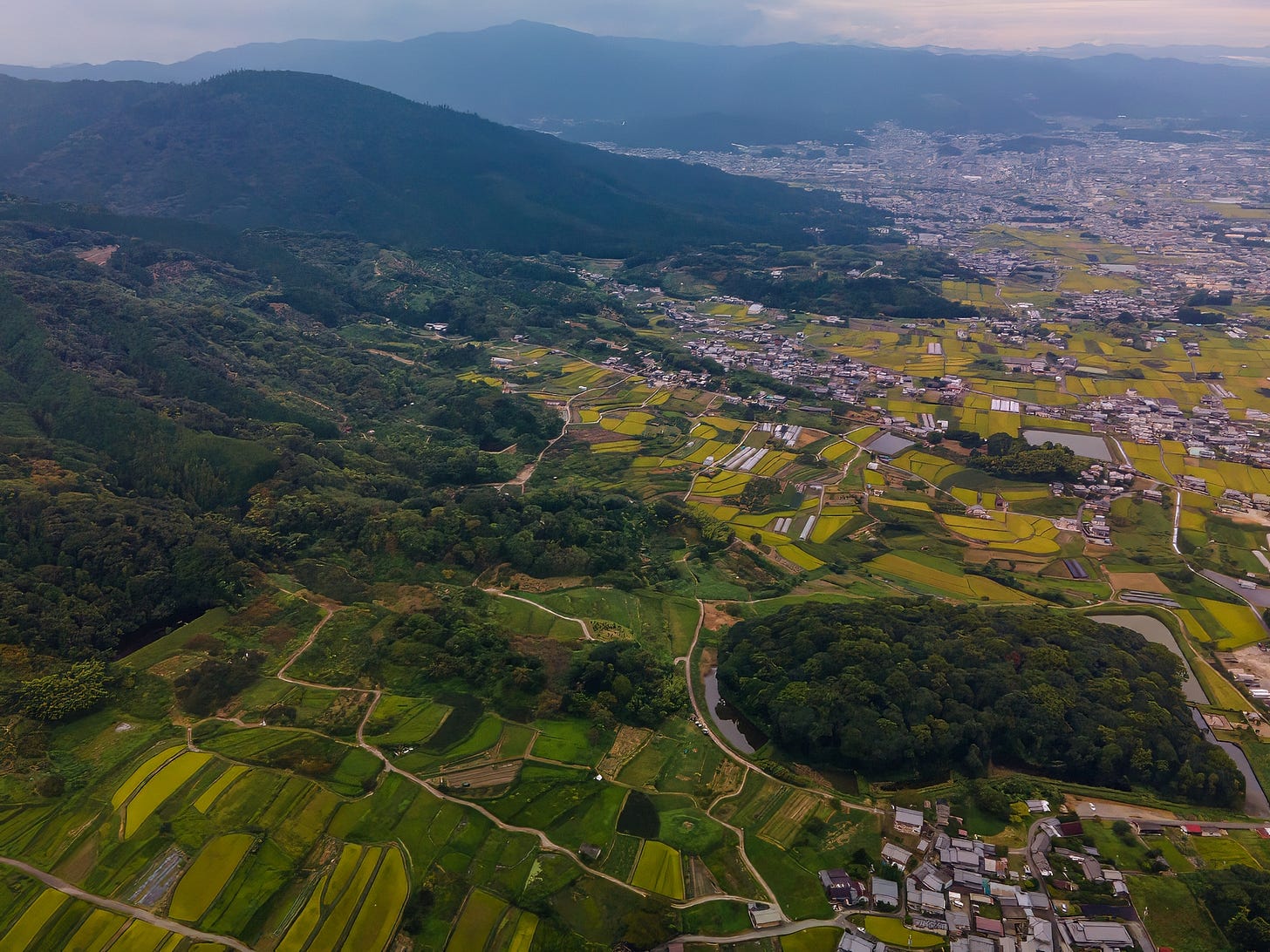Gamō Kunpei
Gamō Kunpei’s Mission to Preserve Japan’s Ancient Burial Mounds
Today, we explore a figure who played a crucial role in investigating and reviving 1,500-year-old kofun (ancient burial mounds) during the late Edo period, ultimately shaping the spirit of a new era.
As of today, approximately 160,000 kofun have been identified across Japan. These burial mounds vary greatly in shape and size. The top ten prefectures with the most kofun are as follows:
Hyogo Prefecture: 18,707
Tottori Prefecture: 13,505
Kyoto Prefecture: 13,103
Chiba Prefecture: 12,772
Okayama Prefecture: 11,880
Hiroshima Prefecture: 11,334
Fukuoka Prefecture: 10,759
Nara Prefecture: 9,663
Mie Prefecture: 7,128
Gifu Prefecture: 5,218
On the other hand, some regions have no kofun at all. For example, no burial mounds have been discovered in Hokkaido, Aomori, or Akita Prefectures, while Okinawa has only two confirmed kofun. Despite their overwhelming numbers, public attention is generally focused on the largest kofun, most of which are concentrated in the Kansai region, particularly in Osaka and Nara.
The largest kofun in Japan, the Nintoku Tennō-ryō Kofun (Emperor Nintoku’s Mausoleum) in Sakai City, Osaka, has a mound measuring 486 meters in length, built in a massive three-tiered structure. Some readers may be familiar with this kofun as it is part of a UNESCO World Heritage Site.
Given the historical ties between the imperial family and the Kansai region, many kofun in Nara and Osaka bear the names of emperors. But how were these ancient burial mounds, built centuries ago, linked to specific emperors in the first place?
To put it simply, there is no concrete evidence. However, their identification relies heavily on references from the Nihon Shoki, compiled in 720 CE, which has long been regarded as the authoritative history of Japan. Local traditions and oral histories also played a role, making these identifications not entirely baseless.
The surge of interest in kofun during the late Edo period was not simply due to their rarity as ancient tombs. Rather, as Japan approached the dramatic transformations of the Meiji Restoration, emperor worship became a key ideological force, and kofun were seen as symbols of imperial legitimacy.
Until the late Edo period, these kofun were largely neglected, left to decay without maintenance or repairs. Even today, 99% of kofun that are not deemed historically significant remain in a state of ruin.
However, as awareness grew that these kofun were imperial tombs, dissatisfaction mounted against the Tokugawa shogunate, which had done nothing to preserve them.
Amidst this growing interest, a key figure emerged—Gamō Kunpei (蒲生君平, 1768–1813), a Confucian scholar from Utsunomiya, Tochigi Prefecture. His seminal work, Sanryōshi (山陵志, Records of Imperial Mausoleums), became the foundation for modern kofun studies.
Although individual kofun had been sporadically studied and reported throughout the Edo period, it was Kunpei’s work that systematized their research.
Kunpei dedicated his life to the study of kofun. In 1796, he traveled to Kyoto for his first survey, and from 1799 onward, he fully committed himself to his research.
By 1800, he embarked on a journey to survey all kofun in Osaka, eventually bringing his findings to Motoori Norinaga (本居宣長), a renowned kokugaku (National Studies) scholar in Ise (Mie Prefecture). Norinaga, who was deeply engaged in the study of the Kojiki (Records of Ancient Matters), highly valued Kunpei’s fieldwork.
Kunpei’s dedication was relentless—he even traveled to Sado Island (Niigata Prefecture) to continue his surveys. In many ways, he was a true wanderer, driven by an insatiable curiosity and passion for history.
What fueled Kunpei’s passion for kofun? To answer this, we must consider the historical context. Kunpei was deeply influenced by Hayashi Shihei (林子平, 1738–1793) and Takayama Hikokurō (高山彦九郎, 1747–1793), both of whom traveled across Japan and formulated forward-thinking ideas about its future.
Hayashi Shihei was one of the first to emphasize the importance of coastal defense.
Takayama Hikokurō laid the ideological groundwork for the Meiji Restoration.
Kunpei sought them out, learning from these visionary predecessors who shared his concerns about Japan’s future.
At the time, Japan faced external threats—particularly from Russia, which had begun to encroach on Hokkaido. The government’s response to these incursions sparked intense debate.
Among Japan’s intellectuals, opinions were divided:
Confucian scholar Nakai Riken (中井履軒) advocated ceding Karafuto (Sakhalin) and the Kuril Islands.
Dutch-studies physician Sugita Genpaku (杉田玄白) favored diplomatic engagement with Russia.
Kunpei, however, strongly opposed both approaches, arguing for a firm rejection of Russian encroachment.
Yet, he understood that mere opposition was not enough. Instead, he proposed a pragmatic national strategy:
Strengthen domestic policies to unify public sentiment against foreign threats.
Revitalize Japan’s economy to support military expansion.
Develop a navy and construct warships.
Expand the military beyond the samurai class, creating a national army.
Prepare for full-scale resistance against foreign invasions.
However, expressing such views in Edo-period Japan was perilous. The Tokugawa shogunate saw Kunpei’s stance as a direct challenge to its authority, nearly resulting in his severe punishment.
Fortunately, he was spared thanks to the intervention of Hayashi Jussai (林述斎), a prominent Confucian scholar and influential figure in the shogunate. With his life intact, Kunpei devoted himself to publishing his research.



